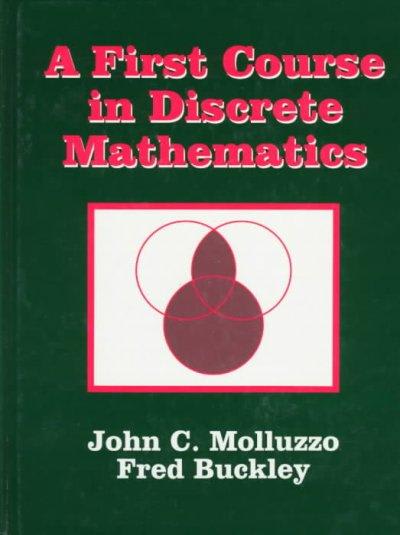Question
A sample of 20 from a population produced a mean of 66.0 and a standard deviation of 10.0. A sample of 25 from another population
A sample of 20 from a population produced a mean of 66.0 and a standard deviation of 10.0. A sample of 25 from another population produced a mean of 58.6 and a standard deviation of 13.0. Assume that the two populations are normally distributed and the standard deviations of the two populations are equal.
The null hypothesis is that the two population means are equal, while the alternative hypothesis is that the two population means are different. The significance level is 5%.
Label your answers with the correct statistical symbols.
If you use the Ti, identify which function and values you used to calculate. If you solve by hand, show all steps.
3.1. By hand, what is the pooled standard deviation of the two samples, rounded to three decimal places?
3.2. By hand, what is the standard deviation of the sampling distribution of the difference between the means of these two samples, rounded to three decimal places?
3.3. What is/are the critical value(s) for the hypothesis test?
3.4. By hand, derive the corresponding 95% confidence interval for the difference between the means of these two populations, rounded to three decimal places.
3.5. What is the value of the test statistic rounded to three decimal places?
3.6. What is the p-value for this test, rounded to four decimal places?
3.7. Draw the probability reject/non-rejection region, show the critical values, and test statistic. Use the critical-value approach, do you reject or fail to reject the null hypothesis at the 5% significance level?
Step by Step Solution
There are 3 Steps involved in it
Step: 1

Get Instant Access to Expert-Tailored Solutions
See step-by-step solutions with expert insights and AI powered tools for academic success
Step: 2

Step: 3

Ace Your Homework with AI
Get the answers you need in no time with our AI-driven, step-by-step assistance
Get Started


